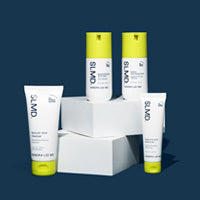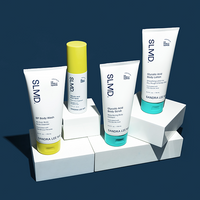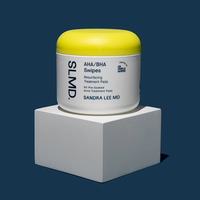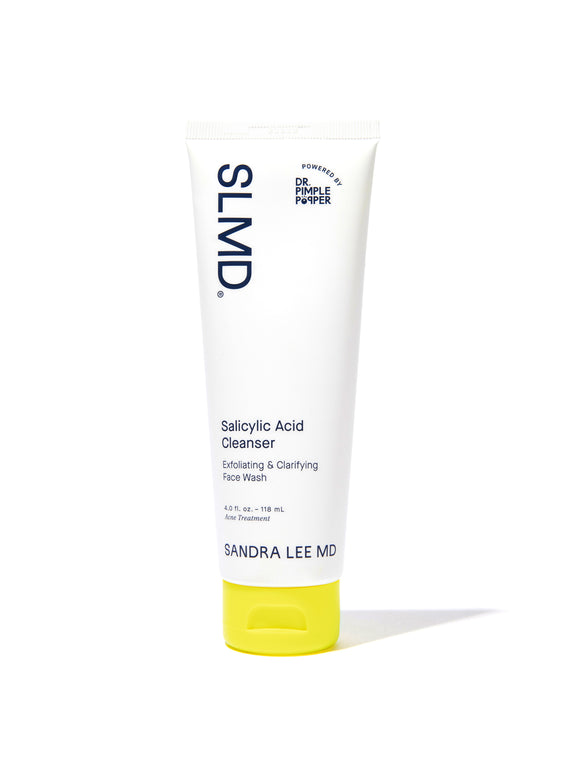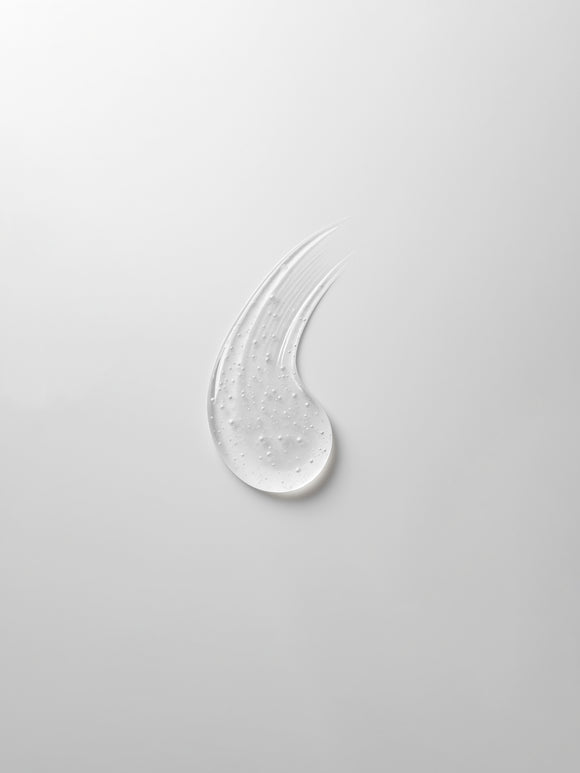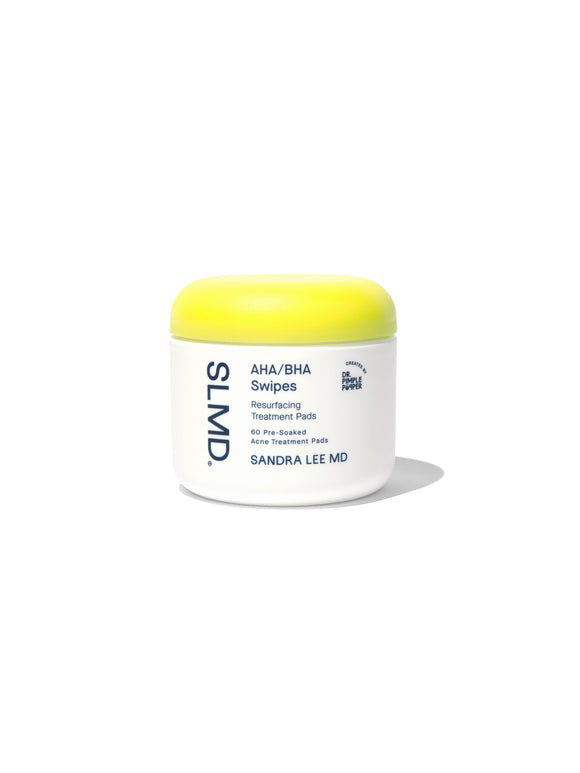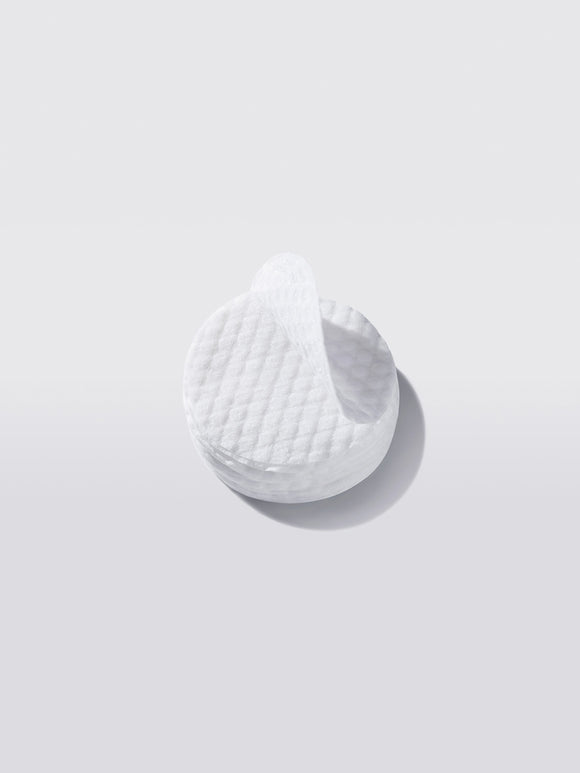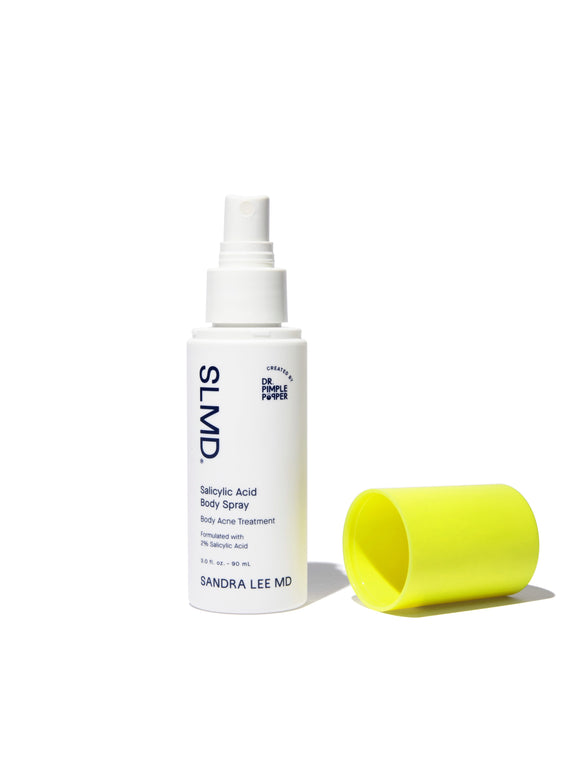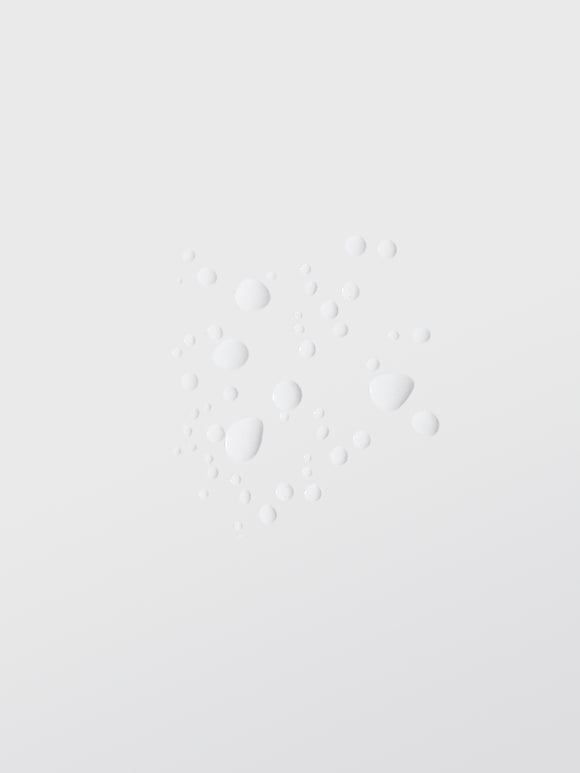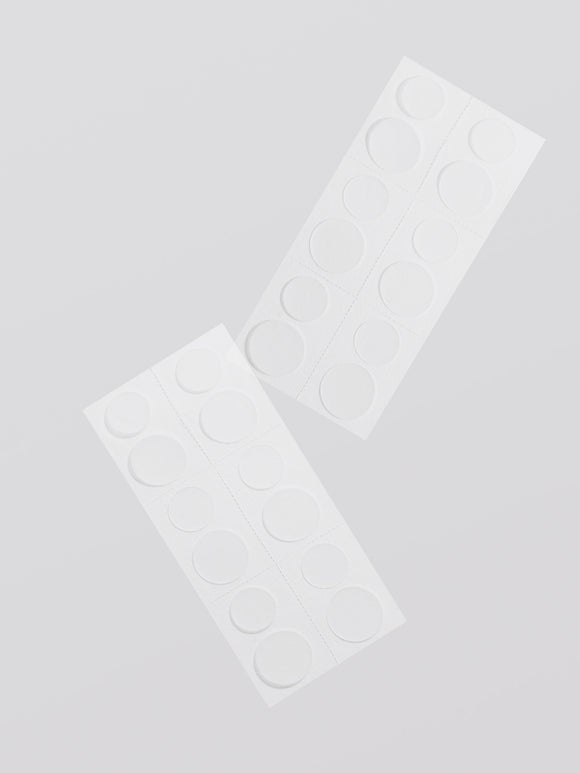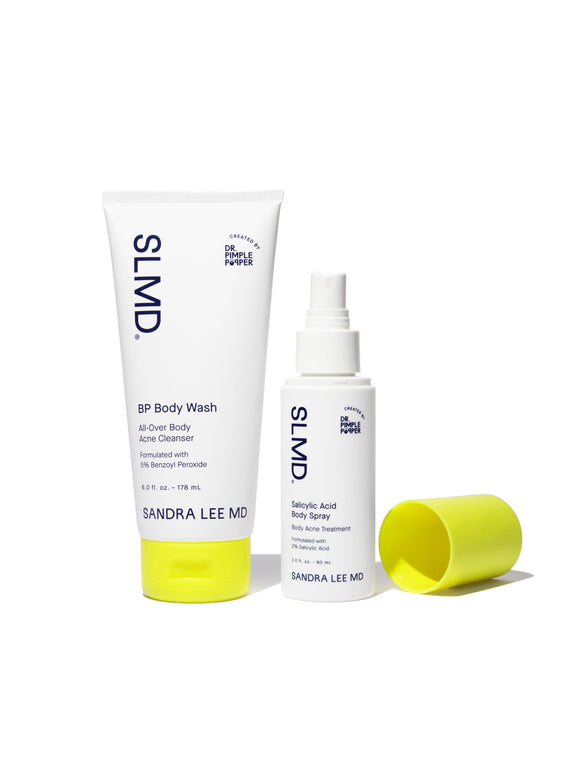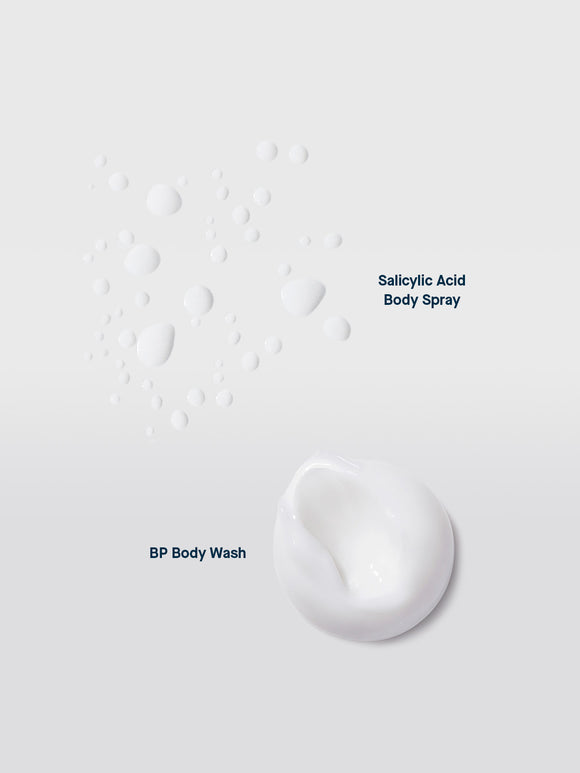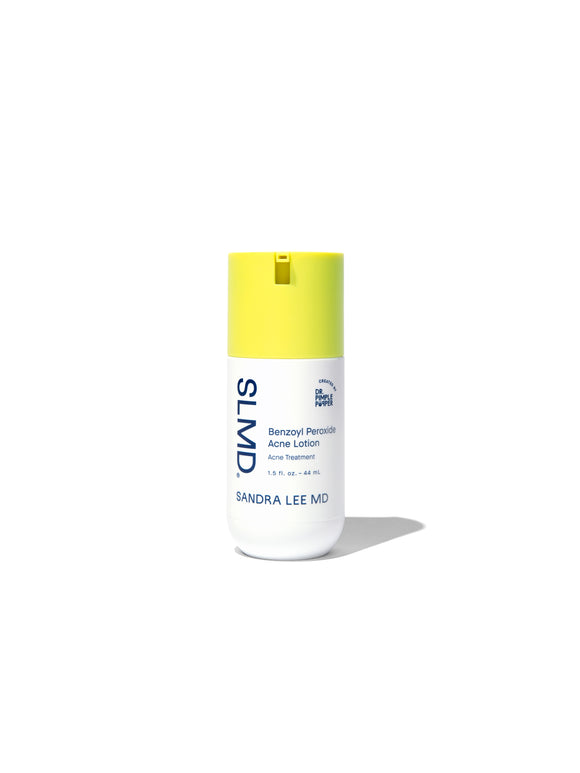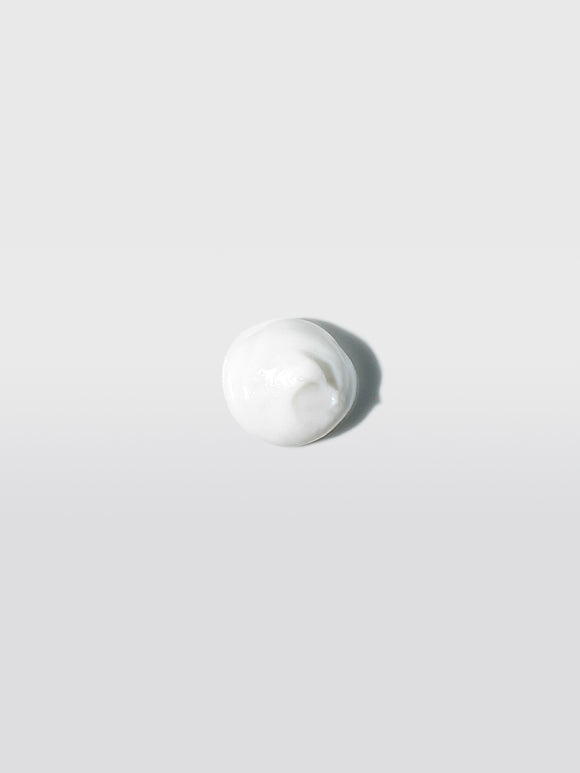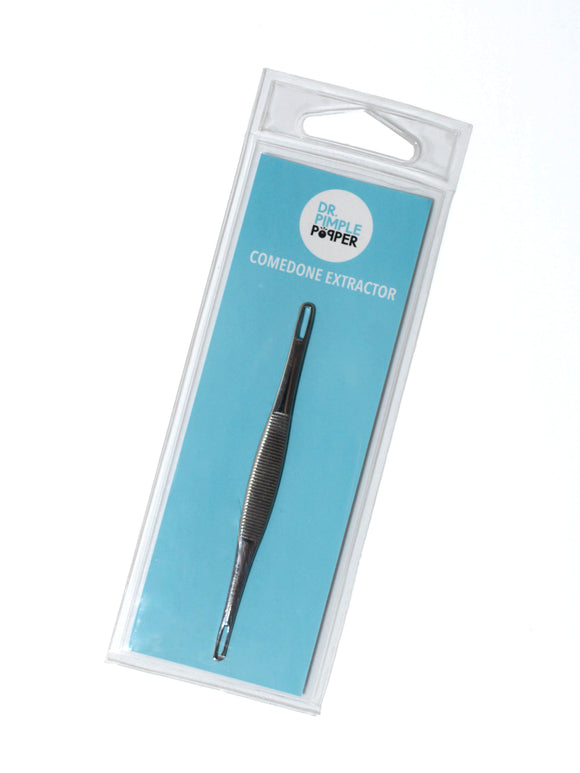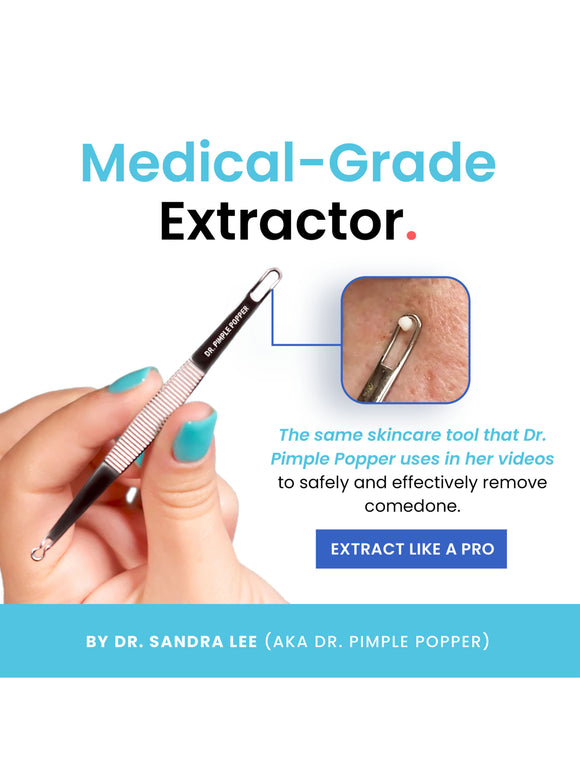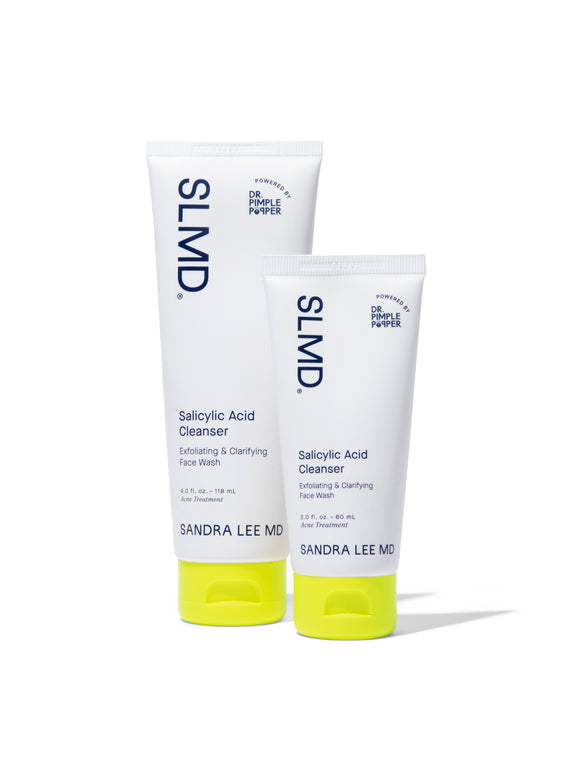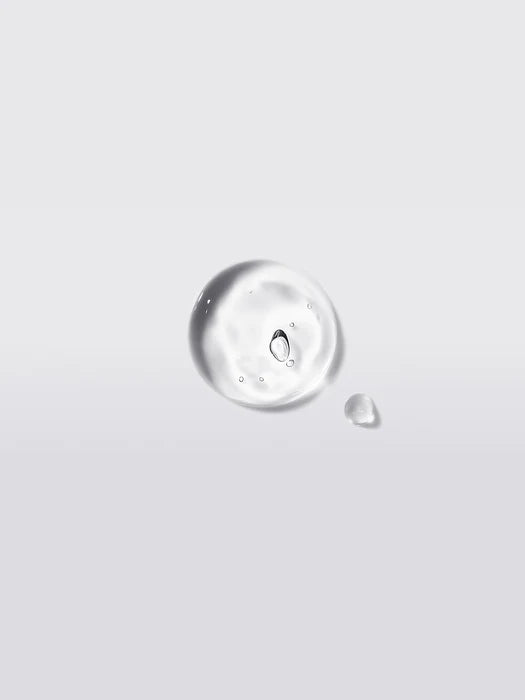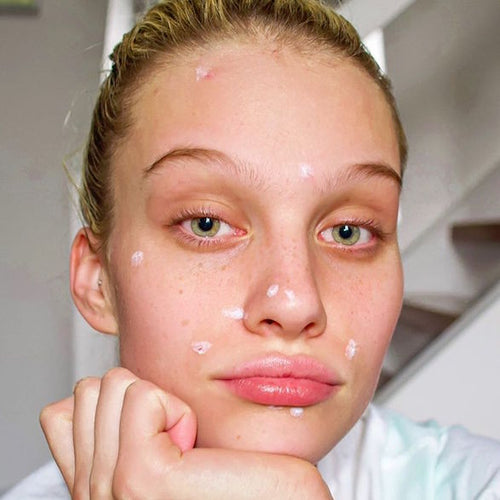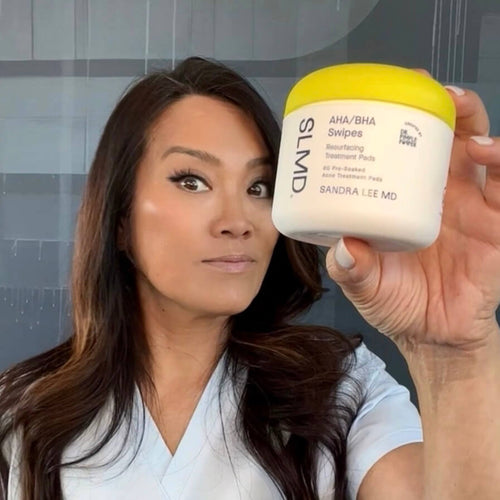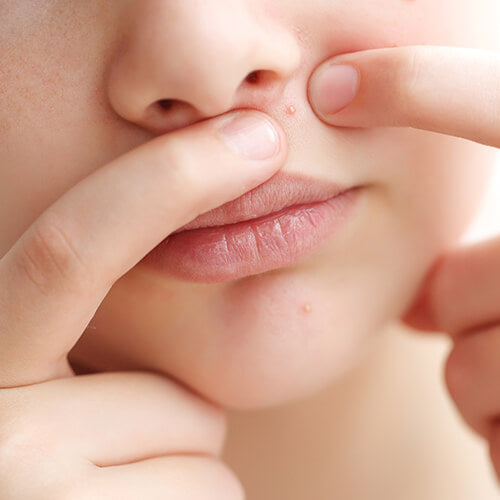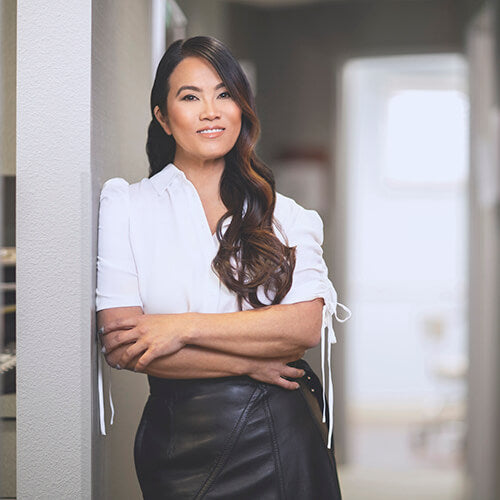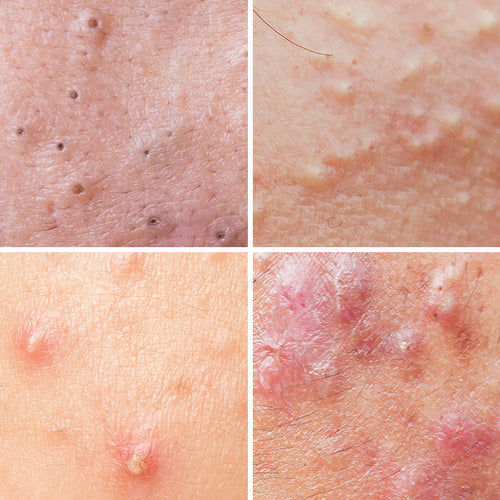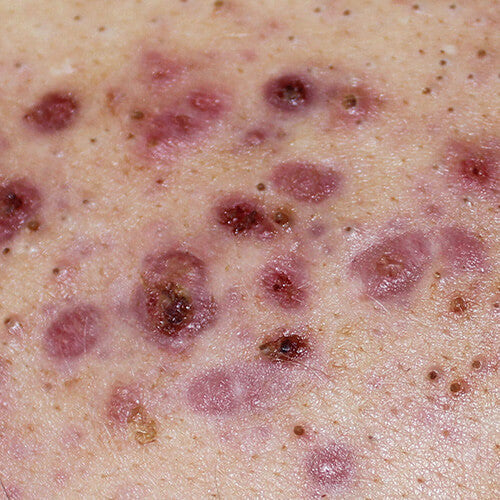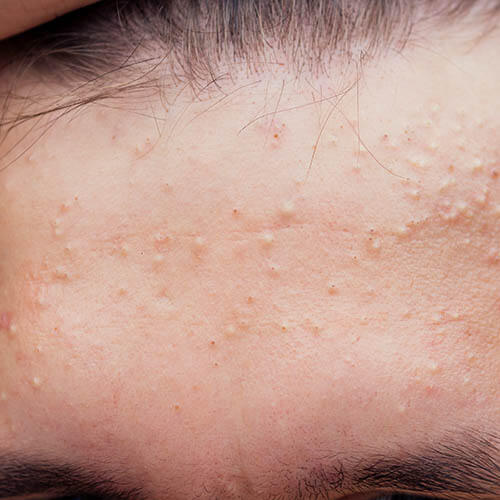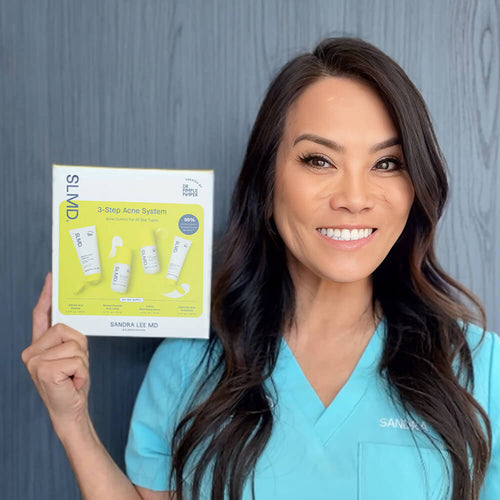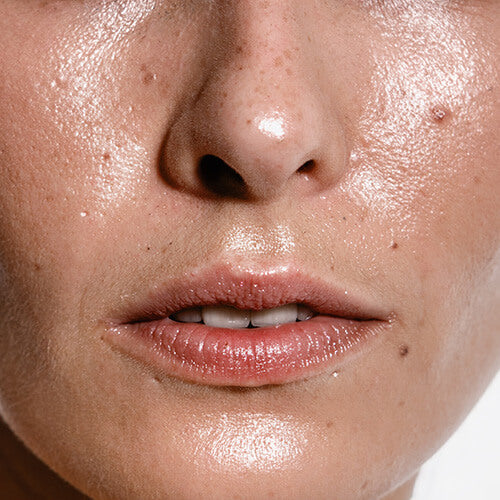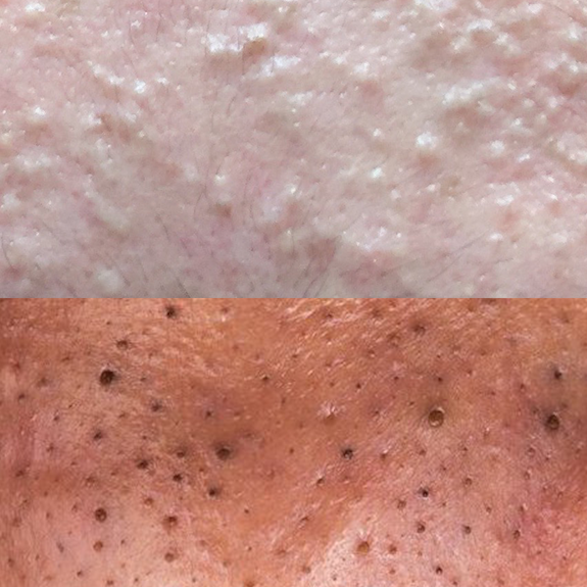
Blackheads vs. Whiteheads: Dr. Pimple Popper’s Guide to Clear Pores
Learn the difference between these two types of non-inflammatory acne — and why they're so squeezable.
Published:
4 minute read
Knowing the difference between blackheads and whiteheads might seem black and white, but there’s more to these breakouts than meets the eye. Both are classified as non-inflammatory acne — what you might call the building blocks of more severe breakouts.
But what really makes blackheads and whiteheads different? And most importantly, how do you get rid of them? Let’s break it all down, Dr. Pimple Popper style.
Article Quick Links
- 01.What is a whitehead? (and how to get rid of it!)
- 02.What is a blackhead? (and why are they black?)
- 03.Best ingredients for getting rid of blackheads and whiteheads
- 04.Dr. Pimple Popper’s top picks for treating blackheads and whiteheads
- 05.How to safely extract blackheads and whiteheads (without damage!)

What is a whitehead? (and how to get rid of it!)
When a clogged pore stays closed, the trapped sebum (aka oil), bacteria, and dead skin collect beneath the surface, forming a firm, white bump. These are called closed comedones, or what we commonly call whiteheads.
Key whitehead facts:
- Appearance: small, white, or flesh-colored bumps
- Location: common on the face, chest, and back
- Pain level: not usually painful or swollen
- Common mistake: Many people confuse whiteheads with pustules (pimples with pus), but whiteheads don’t contain pus

What is a blackhead? (and why are they black?)
A blackhead is just like a whitehead — except the pore stays open. The trapped debris inside the pore oxidizes when exposed to air, turning dark. That’s why blackheads (or open comedones) have their signature black color.
Key blackhead facts:
- Appearance: small, dark, or black dots on the skin
- Location: often found on the nose, chin, and forehead (but can appear anywhere)
- Pain level: not painful, but they can stretch pores over time
- Common mistake: many people think blackheads are caused by dirt — but nope, it’s just oxidation
Derm ed: Sebaceous filaments are often mistaken for blackheads — learn the difference here. Got a giant blackhead? It may be a pore of Winer.
Dr. Pimple Popper's Blackhead & Whitehead Fixes
Best ingredients for getting rid of blackheads and whiteheads
Want to keep your pores clear? Look for these dermatologist-approved ingredients:
- Salicylic acid: deep-cleans pores by dissolving oil and dead skin buildup
- Retinol: speeds up skin cell turnover, keeping pores unclogged
- Benzoyl peroxide: kills acne-causing bacteria before breakouts start
- Sulfur: regulates oil production and reduces bacteria
- Glycolic acid: exfoliates dead skin and smooths the surface
Dr. Pimple Popper tip: If you’re struggling with stubborn blackheads and whiteheads, use a combination of these ingredients for best results.
Dr. Pimple Popper’s top picks for treating blackheads and whiteheads
While blackheads and whiteheads are different, dermatologists use the same treatments to address them. Here are some of Dr. Lee’s favorite SLMD Skincare products:
- Salicylic Acid Cleanser: gentle daily cleanser that helps prevent clogged pores
- AHA/BHA Swipes: exfoliating pads that fight acne and dark spots
- Retinol Resurfacing Serum: helps unclog pores and improve skin texture
- Salicylic Acid Spot Treatment: maximum-strength roll-on treatment
- Salicylic Acid Pimple Patches: clear acne patches that heal and protect
- Salicylic Acid Body Spray: a viral favorite for body acne and smooth skin
Dealing with chronic acne? Try the SLMD Acne System — it treats both non-inflammatory and inflammatory acne.
How to safely extract blackheads and whiteheads (without damage!)
Believe it or not, Dr. Pimple Popper discourages picking at your skin. But if you absolutely can’t resist, follow these safe extraction tips:
- Wash your hands and face before attempting any extractions
- Use a sterilized comedone extractor instead of fingers
- Apply gentle pressure — if it doesn’t budge, leave it alone
- Follow up with an acne treatment (like salicylic acid or retinol) to prevent recurrence
Warning: Aggressive squeezing can cause scarring and infection, so be gentle.
How to prevent blackheads and whiteheads for good
The best way to prevent blackheads and whiteheads is to keep your pores clear. Here’s how:
- Wash your face twice daily with a gentle cleanser (salicylic acid works great)
- Use a chemical exfoliant (like glycolic or lactic acid) two to three times per week
- Apply retinol at night to speed up skin cell turnover
- Use non-comedogenic skincare and makeup (so it won’t clog pores)
- Change pillowcases frequently to reduce bacteria buildup
Bonus tip: Touching your face spreads bacteria — keep those hands off.
Dr. Pimple Popper answers blackheads and whiteheads FAQs
Q: Are blackheads dirt?
A: No! Blackheads appear black because of oxidation, not dirt. The trapped oil and dead skin inside the pore react with oxygen in the air, turning dark.
Q: Can diet cause blackheads and whiteheads?
A: There’s no single "acne diet," but high-glycemic foods and dairy have been linked to increased breakouts for some people. Keeping a balanced diet with plenty of water, veggies, and lean proteins may help.
Q: Do pore strips work for blackheads?
A: Pore strips may temporarily remove blackheads, but they don’t address the root cause. Using salicylic acid and retinol regularly is a better long-term solution.
Q: Is it bad to squeeze blackheads?
A: Squeezing can lead to scarring, infection, and larger pores if not done properly. If you must extract, use a sterilized comedone extractor and gentle pressure.

Dr. Lee's Last Word
Blackheads and whiteheads are extremely common, but with the right skincare routine, they can be effectively managed. Whether you're working to prevent, treat, or maintain clear skin, consistency with the right ingredients is the key to success.
